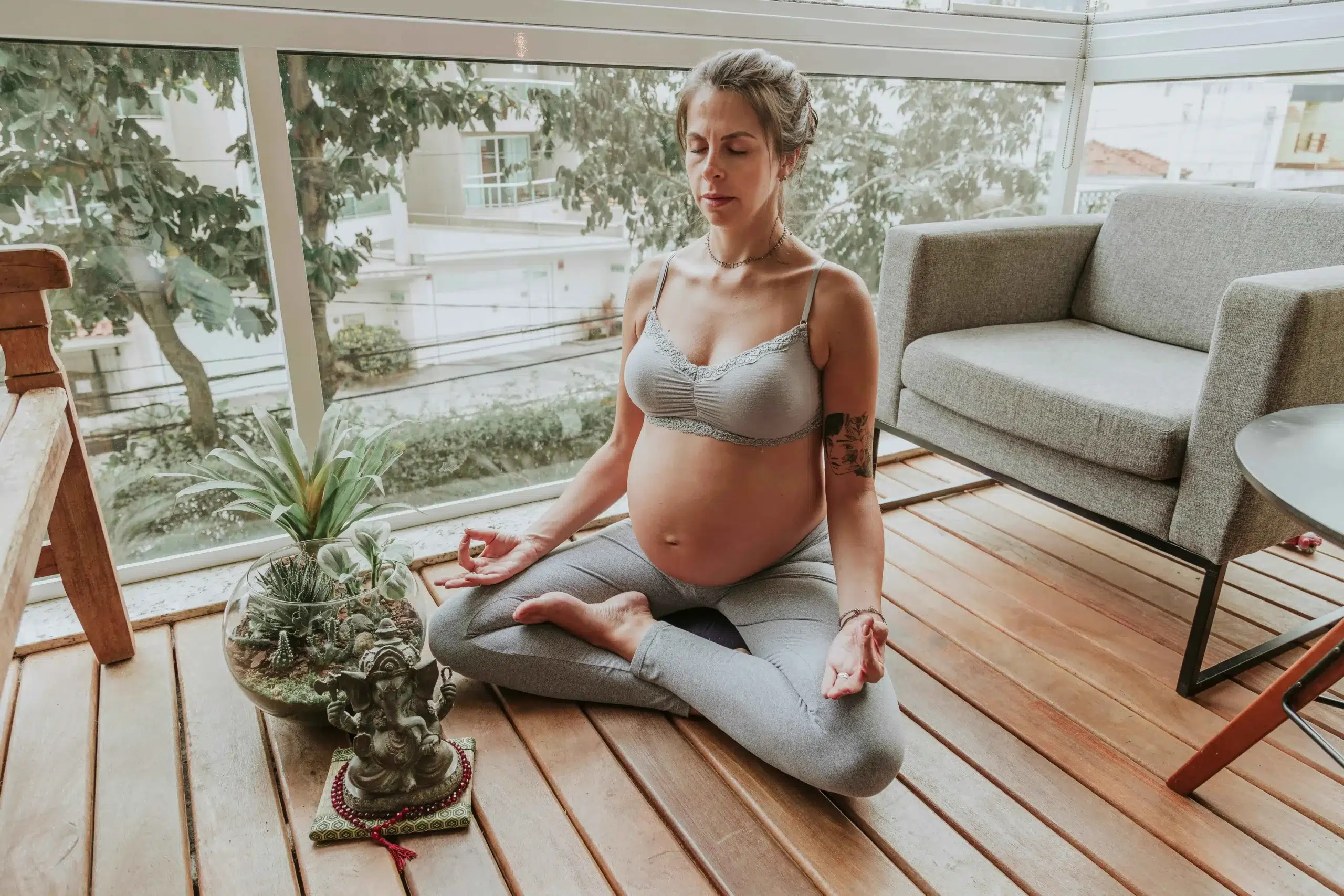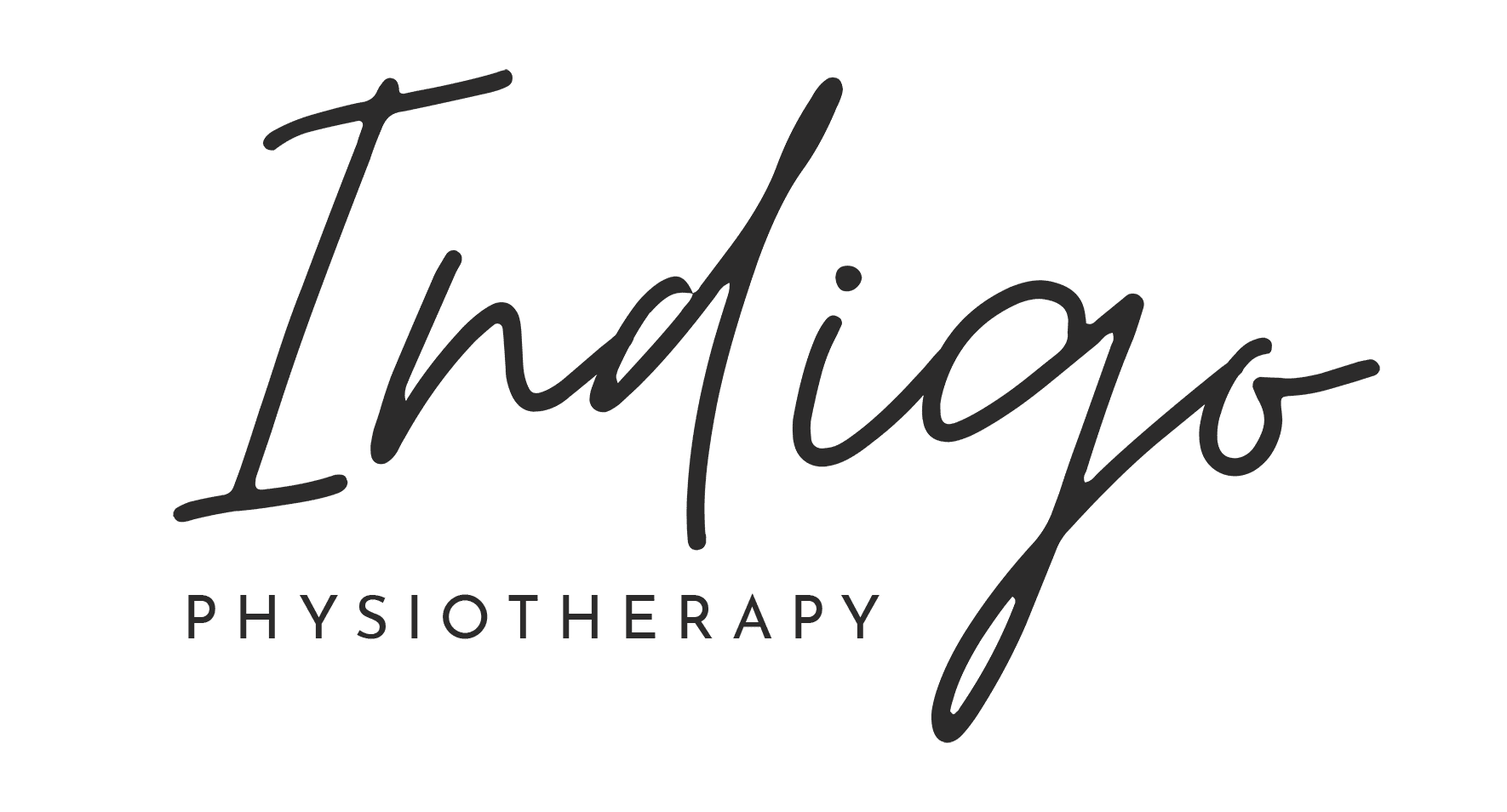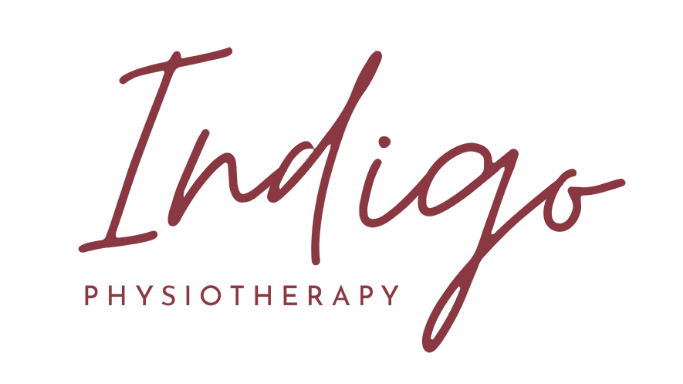If you’re pregnant and notice an ache in your tailbone, you’re not alone. Tailbone pain, or coccyx pain, (or coccygodynia) is a common experience for many people during pregnancy. You might feel it when you’re sitting for long periods, getting up from a chair, or even just walking around. It can be frustrating, especially when you’re already dealing with the other physical changes that come with being pregnant. The good news is that tailbone pain during pregnancy doesn’t have to be something you just put up with. There are ways to manage it and even prevent it from getting worse.
In this guide, we’ll walk you through why your tailbone hurts during pregnancy, what you can do to relieve the discomfort, and how to ease it postpartum if it lingers. Learn how to ease your pain, allowing you to focus more on enjoying your pregnancy and preparing for your little one’s arrival.
Why Does Tailbone Pain Happen During Pregnancy?
When you’re pregnant, your body is constantly adapting to make room for your growing baby. This includes your pelvis, where your tailbone (also known as the coccyx) is located. The hormone relaxin is released to loosen the ligaments around your pelvis in preparation for childbirth. While this is essential for labor, it can cause increased mobility in the pelvic area, which may be one contributing factor to your tailbone pain.
Other reasons for tailbone pain during pregnancy include:
- Changes in posture: As your baby grows, your center of gravity shifts, and you may unknowingly lean back to balance the extra weight. This puts additional pressure on your lower back and tailbone, and may contribute to your pain.
- Pressure from your baby: In the later stages of pregnancy, the baby’s head or body can increase pressure around the pelvic bones, causing discomfort.
- Sitting for long periods: Extended sitting can increase pressure on the tailbone, especially if your posture isn’t great or if you’re sitting on hard surfaces.
This combination of factors can cause you to feel tailbone pain at different points during your pregnancy, and it may range from a dull ache to sharp, stabbing pain depending on the activity you’re doing.
Tips for Relieving Tailbone Pain During Pregnancy
Now that you know why your tailbone might be hurting, let’s explore some ways to ease the pain and stay as comfortable as possible throughout your pregnancy.
1. Adjust Your Sitting Posture
Sitting for long periods can make tailbone pain worse, especially if you’re not sitting in a way that supports your back and pelvis. Here are some tips to improve your posture while sitting:
- Sit on a cushion or pillow: A pressure relief pillow can help take the pressure off your tailbone, making sitting more comfortable.
- Keep your feet flat on the floor: This helps distribute your weight evenly and can prevent slouching.
- Use lumbar support: Placing a small pillow or rolled-up towel behind your lower back can help maintain the natural curve of your spine, which reduces pressure on your tailbone.
- Shift positions regularly: If you have to sit for extended periods, try to get up for a quick break or walk around every 30 minutes to relieve pressure on your coccyx.
2. Use Heat or Cold Therapy
Applying heat or cold to the area around your tailbone can help reduce inflammation and relieve pain. Here’s how to decide which one to use:
- Heat therapy: A heating pad or warm compress applied to the lower back can help relax tense muscles around your tailbone. Use it for 15-20 minutes at a time, but avoid placing it directly on your belly.
- Cold therapy: If your tailbone feels swollen or inflamed, try using an ice pack for 10-15 minutes at a time. This can help calm the pain and reduce inflammation.
Both heat and cold can be effective, so experiment with each to see which one provides the most relief.
3. Try Gentle Stretches
Gentle stretches that target your lower back, hips and pelvic floor can help relieve some of the tension that’s contributing to your tailbone pain. Here are a couple of stretches to try:
- Child’s Pose: Kneel on the floor and sit back onto your heels. Stretch your arms forward and lower your chest to the floor, letting your belly rest between your thighs. This stretch gently opens up your hips and can relieve pressure on your lower back and tailbone.
- Pelvic Tilts: Lie on your back with your knees bent and feet flat on the floor. Slowly tilt your pelvis upward, flattening your lower back against the floor, then release. If you have a stability ball, try sitting on the stability ball and tilt your pelvis back and forth. Repeat 10-15 times to help ease lower back and tailbone tension.
These stretches can be done daily and are safe throughout your pregnancy, but always listen to your body—if anything feels uncomfortable, stop and adjust the movement.
4. Wear Supportive Shoes
Wearing shoes that provide good support can make a big difference in reducing tailbone pain. High heels or unsupportive flats can throw off your posture and put more pressure on your lower back and tailbone. Opt for flat shoes with good arch support, and consider adding insoles for extra support if needed.
5. Use a Pregnancy Support
A pregnancy support belt can help relieve pressure on your pelvis by supporting your growing belly. These belts are designed to lift the weight off your lower back and tailbone, reducing the strain that can contribute to coccyx pain. Many women find these belts especially helpful during the third trimester when the weight of the baby becomes more noticeable. A pelvic PT can help you find the right support belt and ensure that it is fitted correctly.
6. Stay Active with Low-Impact Exercises
Staying active during pregnancy is important for your overall health, and it can also help manage tailbone pain. Low-impact exercises like walking, swimming, or prenatal yoga can strengthen the muscles that support your pelvis, lengthen certain muscles that may be more tense, and overall assist in improving stability and reducing overall discomfort. See our Comprehensive Guide to Pelvic Floor Exercises During Pregnancy. Always consult with your healthcare provider before starting a new exercise routine, but walking is generally a great place to start.
7. See a Pelvic Floor Physical Therapist
Prenatal pelvic floor physical therapy can provide effective relief for pregnant individuals experiencing tailbone pain / coccydynia through stabilization techniques, exercises, manual therapy, and education on posture, movement and activities modifications.
How to Manage Tailbone Pain After Pregnancy
While tailbone pain often improves after delivery, some people continue to experience discomfort postpartum. If you’re still dealing with tailbone pain after giving birth, don’t worry—there are steps you can take to manage it and support your recovery.
1. Continue Pelvic Floor Exercises
- Pelvic tilts: Laying on your back, or seated on a stability ball, rock your pelvic back and forth. This can allow for gentle mobility through the pelvis, alleviating pain and reconnecting to some of the core and pelvic floor muscles.
- 360 breathing: Laying on your back, take a belly breath in while focusing on allowing your belly and rib cage to expand. This also allows you to reconnect to your deep core and pelvic floor muscles, and alleviate some of the pain and tension surrounding the tailbone area.
These pelvic floor exercises are simple, but they can make a big difference in how you feel both during and after pregnancy.
2. Practice Good Postpartum Posture
After giving birth, it’s easy to slip into poor posture, especially if you’re breastfeeding or holding your baby a lot. Maintaining good posture can help reduce tailbone pain and support your recovery. Here are a few tips:
- When sitting: Use a cushion or pillow to take the pressure off your tailbone, and make sure your lower back is supported. Keep your feet flat on the floor and avoid slouching. As best as possible, feed your baby in a well supported position to avoid too much pressure on your low back and tailbone.
- When standing: Try to stand with your weight evenly distributed between both feet, and avoid leaning back or arching your back excessively. As a reminder, use of a supportive shoe is important as well.
3. Use Ice or Heat for Pain Relief
Just like during pregnancy, applying heat or ice to the area around your tailbone can help relieve pain after delivery. Ice packs are great for reducing inflammation, while heat can relax tense muscles. You can alternate between heat and cold throughout the day to see what works best for your body.
4. See a Pelvic Floor Therapist
If your tailbone pain persists after pregnancy, seeing a postpartum pelvic floor therapist can be a helpful next step. A therapist can evaluate your pelvic muscles and provide targeted treatments to relieve pain and improve function.
Final Thoughts
Managing tailbone pain doesn’t have to be an ongoing issue in your pregnancy and postpartum life. With these strategies and the help of a pelvic floor therapist, like at Indigo, we’ll get you back to moving and sitting without thinking of your tailbone.







